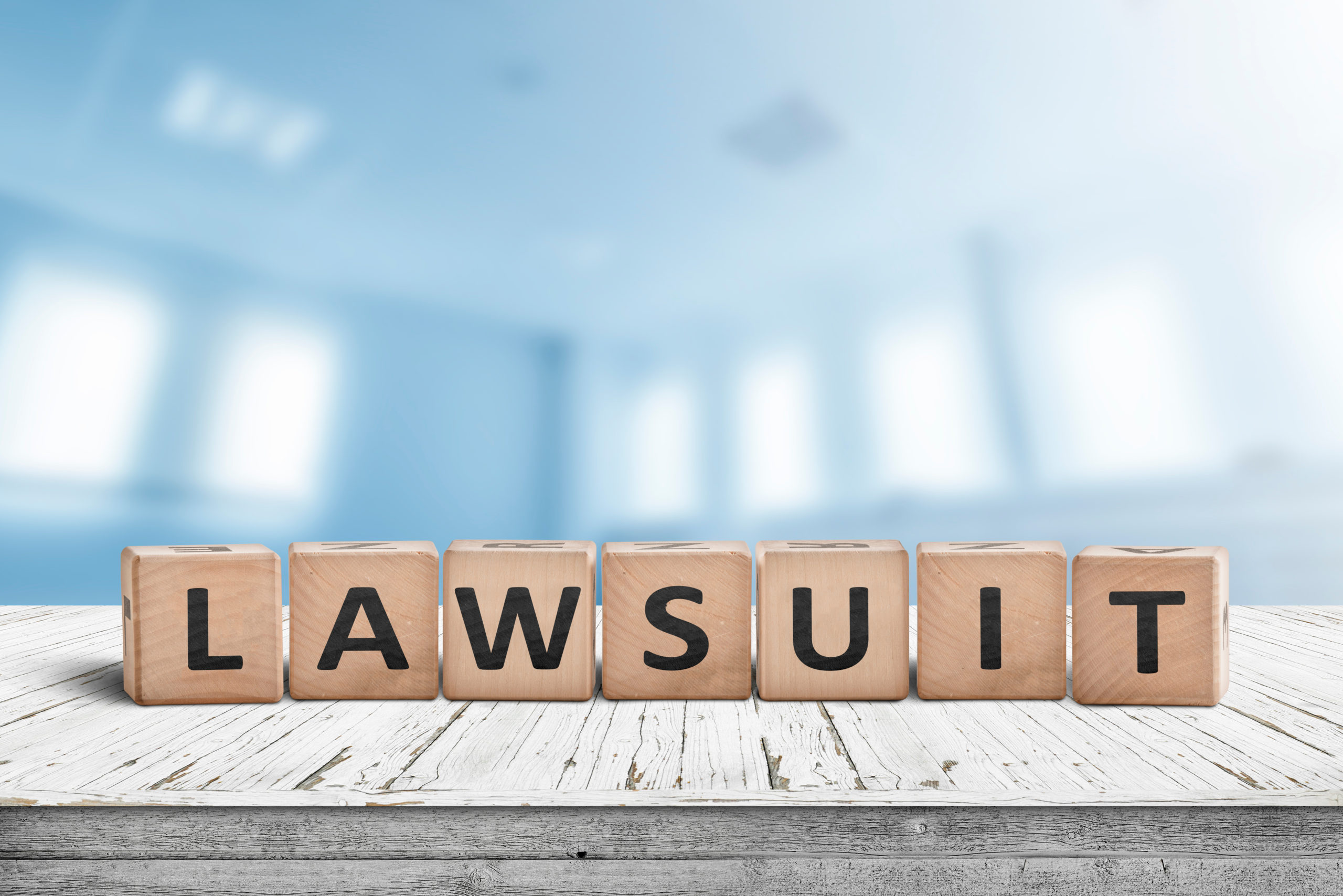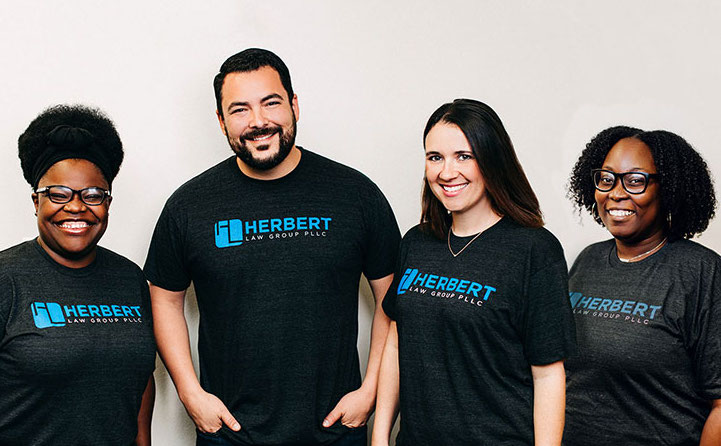News of devastating school bus accidents hurts all of us. Here is what you can do to keep your children safe at school bus stops.
As parents, sending your children off to school in the morning is one of the most normal things in the world – or at least it should be. You’re trusting that the school, teachers and other members of the community will help to keep your child safe until they return home to your care. Unfortunately, over the past few months, a rise in school bus stop accidents has shown us just how vulnerable our children really are.
Many families across the United States depend on school buses to transport their children back and forth from school. With many of these families have limited or no other options, it’s important that we understand what we can do to help keep our children safe, even when other drivers on the road are acting carelessly. If the unimaginable happens and your child has been injured as the result of a school bus accident, let Dallas personal injury attorney Zach Herbert help you and your family understand the next steps of the legal process.
School Bus Statistics
Last fall, we saw a cluster of early morning school bus accidents that resulted in serious injury and fatalities. One of the most sobering details of these devastating accidents is that they happened throughout several states – Mississippi, Indiana, Pennsylvania and Florida. This fact clearly illustrates that school bus safety is an issue for the nation as a whole, which has caused most of us to look more seriously at school bus statistics and safety. (1)
The first thing to understand is that while one child injured at their school bus stop is too many, millions of school children leave for school and arrive home safely at their school bus stops every day. The most recent data on school bus accidents that we have access to is from 2017, and those statistics show us that fatalities related to school bus accidents, including passengers and pedestrians, decreased from the years before. Unfortunately, reported injuries in these types of accidents did rise. (2)
What has caught many of us off guard has been the nature of these most recent accidents. As parents, we might worry about our child being involved in a roadway accident while in transit, but these events occurred at school bus stops – a place where the risk of danger should be minimal.
Tips for School Bus Stop Safety
Of course, our communities need to be looking at why these accidents are happening in the first place and what we can do to prevent them from a public safety standpoint. Still, as a parent, there are certain things you can do to help ensure your child stays safe. You can start by implementing these eight tips for school bus stop safety.
- Make sure that children arrive at the bus stop with time to spare. Kids that are in a hurry are more likely to act without thinking and may put themselves in danger.
- Arrange for a parent or other guardian to supervise young children at bus stops. This supervision will help keep kids off the road and not engaging in dangerous behaviors.
- Talk to the right officials about location safety. If the bus stop is in an area that puts children at greater risk of harm, talk to the transportation director or school about a safer location.
- Crossing the road should always be done in front of the bus, never behind it. This distinction also allows the bus driver to give your child the go-ahead after they ensure there is no oncoming traffic.
- Don’t assume oncoming traffic is going to stop. Make sure traffic has come to a complete stop before crossing.
- If your child drops something in the road, tell them to not risk grabbing it. Have them ask the bus driver or a supervising adult for assistance. A driver is less likely to see a crouching or child bending over in the road.
- Make sure the bus is stopped completely. Wait until the bus has come to a complete stop and the doors have opened before making movements toward the bus.
- Tell children to move straight ahead when entering or exiting a bus. Drivers react to predictable movements and aren’t prepared for a child that might backtrack.
When You Need a Personal Injury Attorney Richardson, Texas
If your child has been injured as a result of a school bus stop accident, a personal injury attorney in Richardson, Texas at Herbert & Eberstein can help your family on the path to recovery. As a community, we need to show that we’re serious about protecting our children. An experienced personal injury lawyer can be the voice that gets you heard.
Media Contact:
Attorney Zach Herbert
(T): 214-414-3808
Sources







